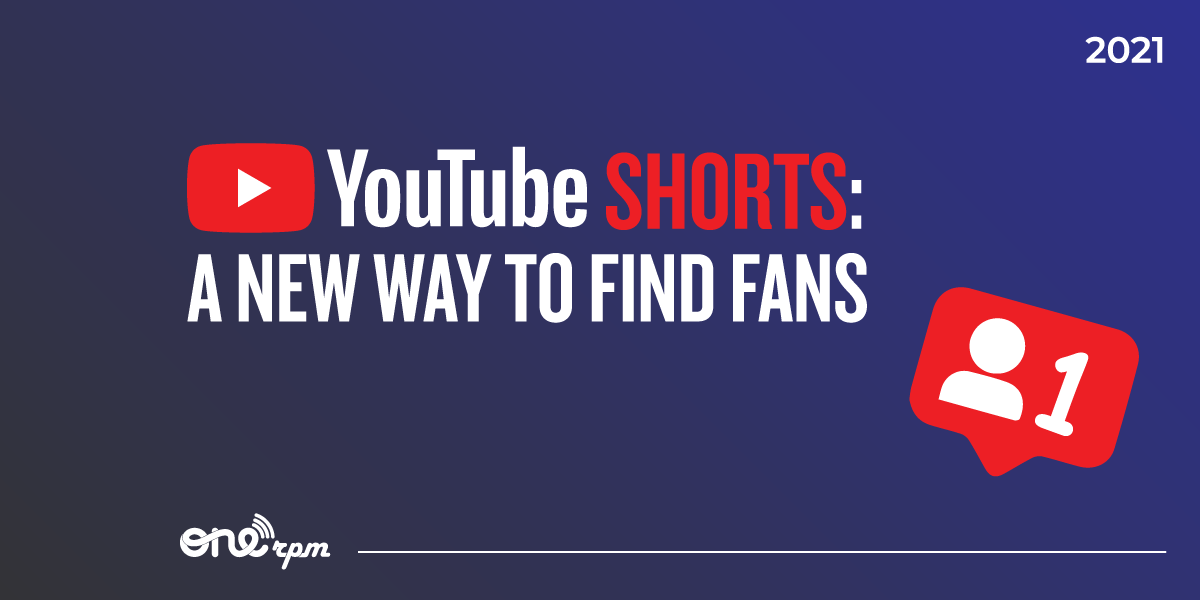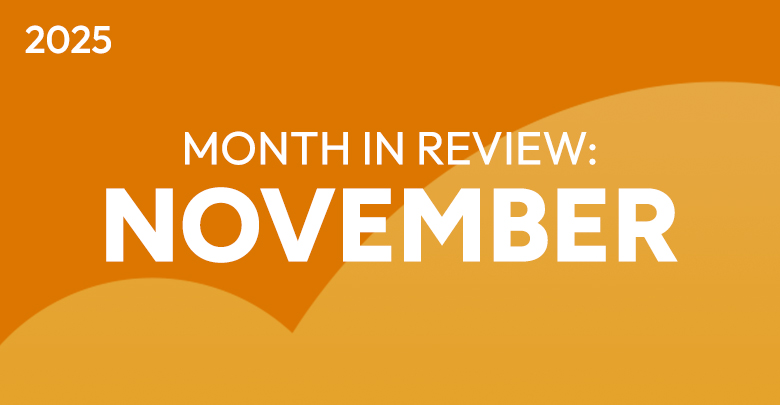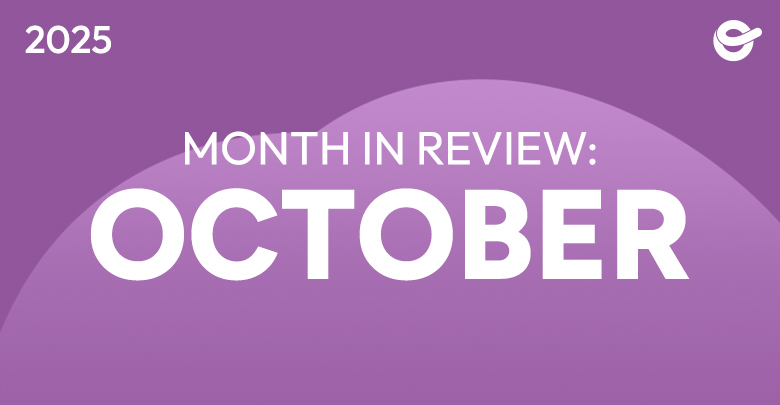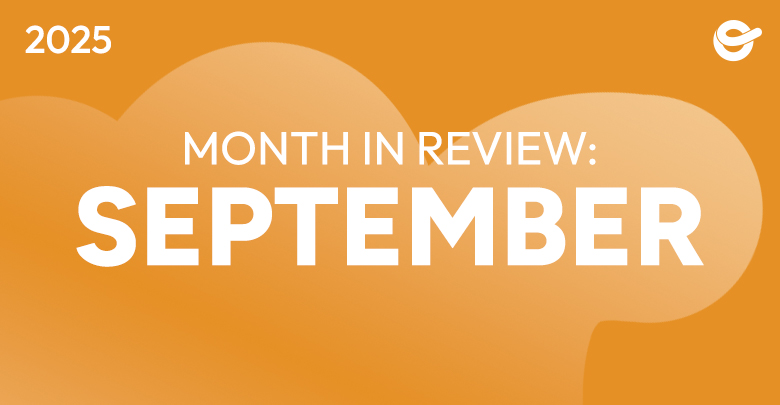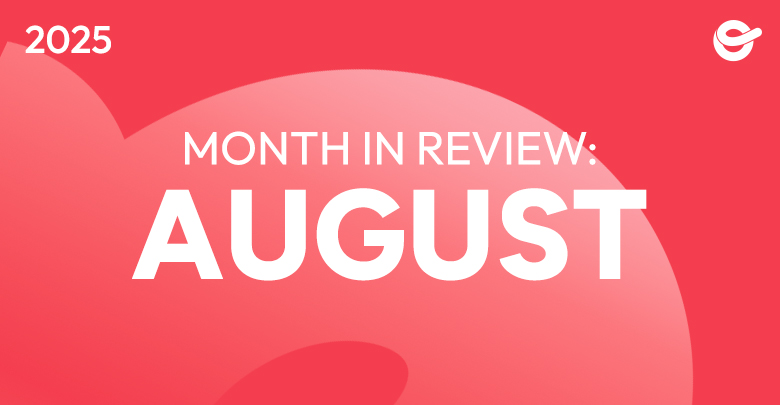
The Sound of Mexico Is Everywhere: The New Export Routes for Latin Music
Mexican music no longer recognizes borders: it’s heard, felt, and synchronized in every corner of the world.
By: Violeta Torres. Sync Manager Mexico.
A cumbia shaking a European festival. A modern bolero underscoring a love scene in a Korean drama. A corrido tumbado exploding inside a video game. The sound of Mexico no longer recognizes borders: it’s heard, felt, and synchronized in every corner of the world.
From the rise of contemporary regional Mexican music—breaking streaming records worldwide—to the fusion of genres like electronic folk or borderland alternative pop, music made in Mexico stands out for its emotional honesty and narrative strength. Global audiences aren’t looking for music that simply sounds Latin anymore; they want music that feels real. And that authenticity has turned Mexico into a natural exporter of emotions.
Mexican Music Is Crossing Borders
In recent years, music originating from Mexico has experienced remarkable global growth. According to the 2024 Mexico Music Report, 6 out of every 100 songs heard worldwide are Mexican. Genres ranging from contemporary regional Mexican to innovative hybrids like electronic folk or border-alt pop are winning international audiences. Thanks to streaming, the reach of these sounds has multiplied: on Spotify, Mexican music has grown 400% in global streams over the past five years. This confirms that Mexico has shifted from being a major consumer to becoming a true exporting powerhouse.
Sync and Its Export Power
As global platforms expand their production output (Netflix alone produced 300 original series in a single year and has multiple upcoming projects in Mexico), the demand for authentic and diverse music to accompany these stories continues to grow. Sync licensing already accounted for 2.3% of the global music market in 2018, with a 5.2% increase that year—and it keeps rising, driven by the boom in video-on-demand.
Moreover, every time a Mexican song appears in an international production, it generates indirect royalties. Some tracks have seen up to a 34% spike in streams after appearing on Netflix, fueled by audience curiosity through platforms like Shazam and Spotify.
So, what does an artist need to do to get their music onto those screens? It’s about fine-tuning every technical and creative detail that can make the difference between a song staying on a hard drive or becoming the soundtrack to a memorable scene. Key steps to prepare your music for sync include:
- Having instrumental versions and clean edits available.
- Properly registering works and splits.
- Keeping metadata sharp: genre, mood, energy, emotions, rights.
Each of these steps is a key that opens doors—and shows professionalism.
Behind Every Sync There’s a Story…
An independent artist from Monterrey had her song featured in a Spanish Netflix series.
A band from Mexico City was selected for the soundtrack of a Japanese video game.
A producer from Sonora placed a beat in a fashion campaign in Paris.
None of them planned to conquer international markets—they simply had authentic, well-produced music that was ready to travel.
That’s why it’s essential to connect with the right ecosystem. Work with publishers, sync managers, and platforms like ONE Publishing to open paths in the global circuit. Mexico isn’t just exporting music. It’s exporting emotions.






